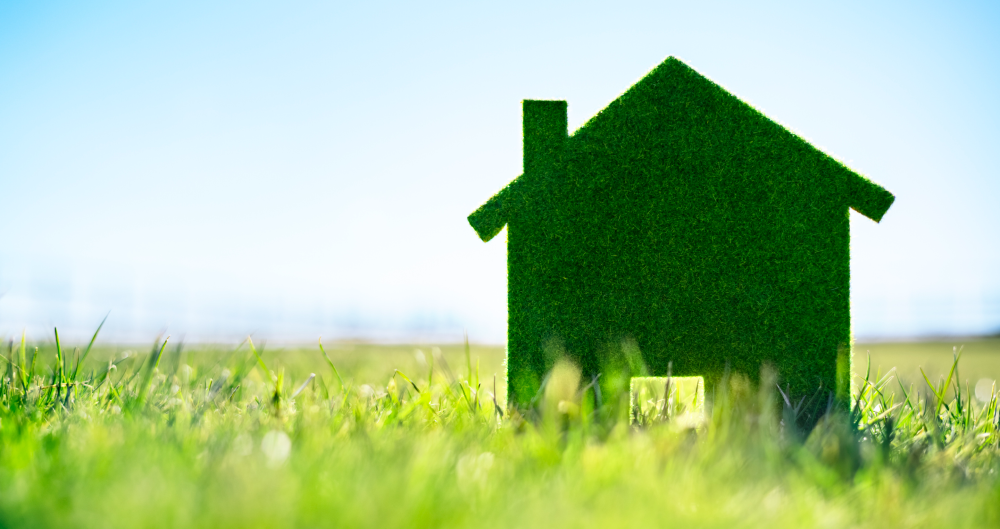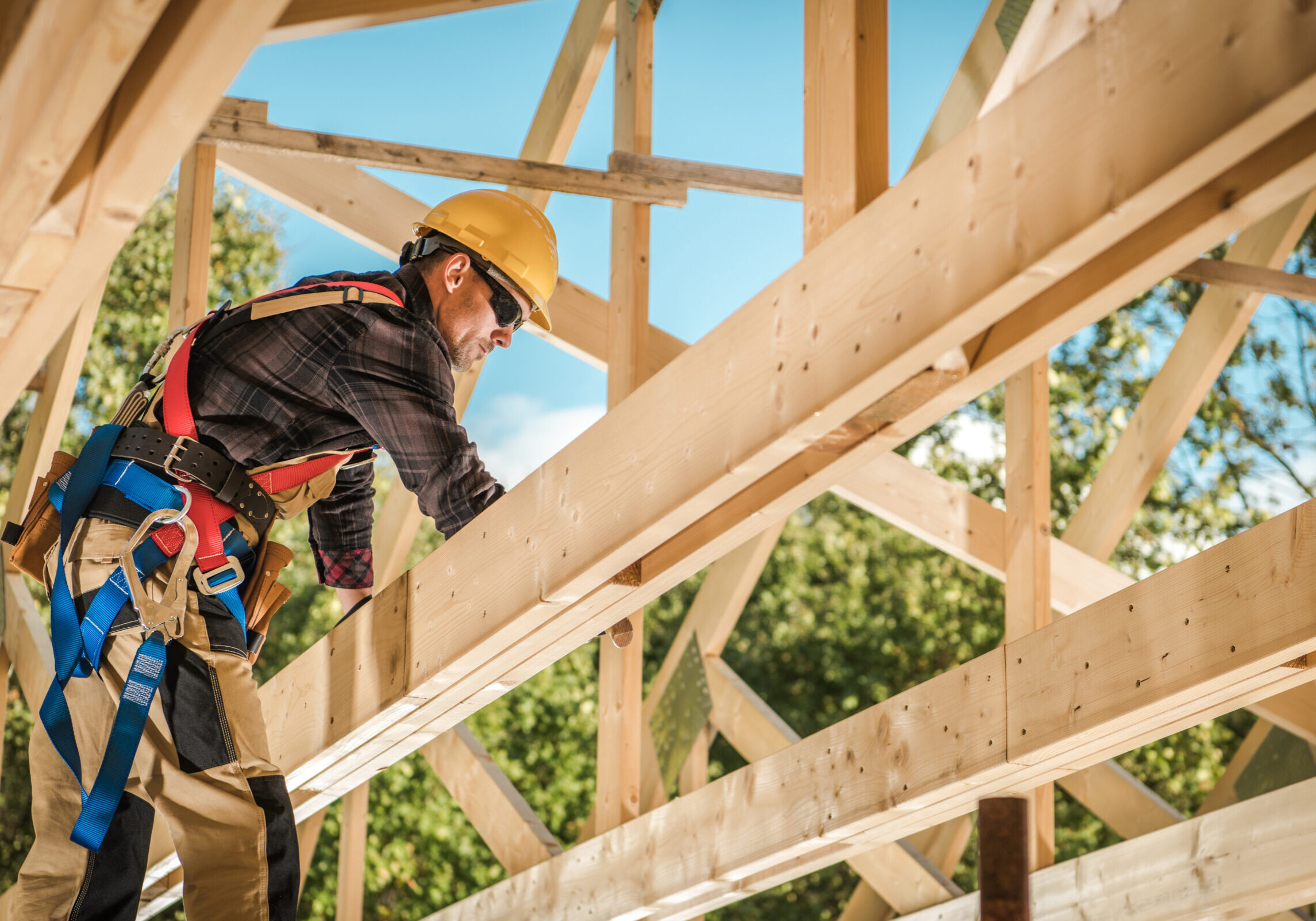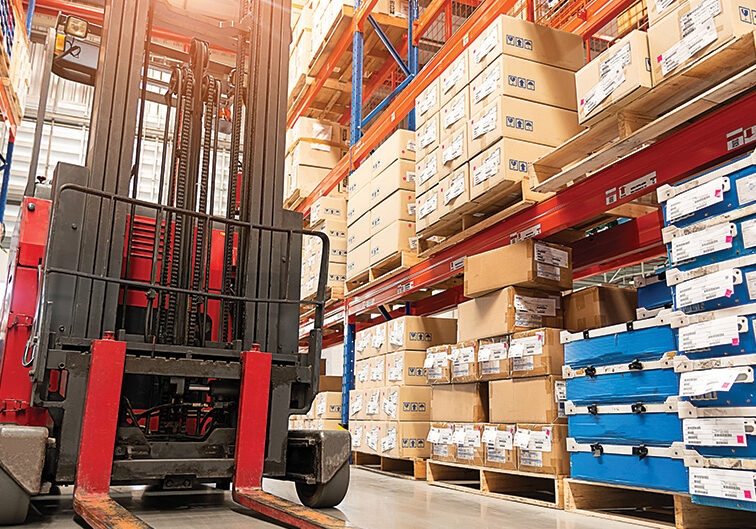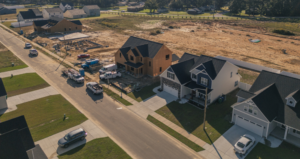How Home Builders Can Offset the Cost of Sustainable Building
April 27, 2023

In recognition of Earth Day, we continue our conversation about sustainability. In our last blog, we reviewed homebuyer demand for sustainably built homes and how a builder can answer that demand.(link to blog). In this next edition we will review how home builders can incorporate sustainability practices without incurring additional expenses.
The cost of building a sustainable home can vary widely depending on many factors such as location, size, materials used, and desired level of sustainability. While building a sustainable home can cost more upfront than building a conventional home, it can save money in the long run through energy efficiency and reduced utility bills.
According to a report by the U.S. Green Building Council, the cost premium for building a sustainable home can range from 0-12%, with an average of around 5%. In other words, a building that is a sustainable home could cost 5% more upfront than a conventional home, but could also save 5% or more on energy bills over the life of the home.
There are many ways to make a home more sustainable, including using renewable energy sources like solar panels, using energy-efficient appliances and lighting, installing low-flow plumbing fixtures and using sustainable building materials like reclaimed wood. These factors can all impact the cost of building a sustainable home.
Builders can save money when building with sustainable products in a number of ways. Here are a few examples:
- Reduced waste: Using sustainable building materials can help reduce waste and disposal costs on the construction site. Materials such as engineered lumber, recycled steel, and precast concrete are often prefabricated, which can reduce waste and the need for excess materials.
- Incentives and rebates: There are many incentives and rebates available to builders who use sustainable products. For example, some utility companies offer rebates for installing energy-efficient appliances or solar panels, and some government agencies offer tax credits for building sustainable homes. In addition, building product manufacturers provide incentives when builders install their products.
- Increased marketability: Building with sustainable products can also increase the marketability of a home, as more homebuyers are looking for environmentally-friendly and sustainable features in their homes. This can result in a higher sales price and faster sale for the builder.
Overall, the cost of building a sustainable home can vary widely, but with careful planning and consideration of sustainable options, it is possible to build a home that is both environmentally friendly and cost-effective over the long term. And with homeowners demanding more sustainable homes, and new codes and regulations here now or soon on the horizon, builders are finding making their homes more sustainable a necessity influenced by the market.






